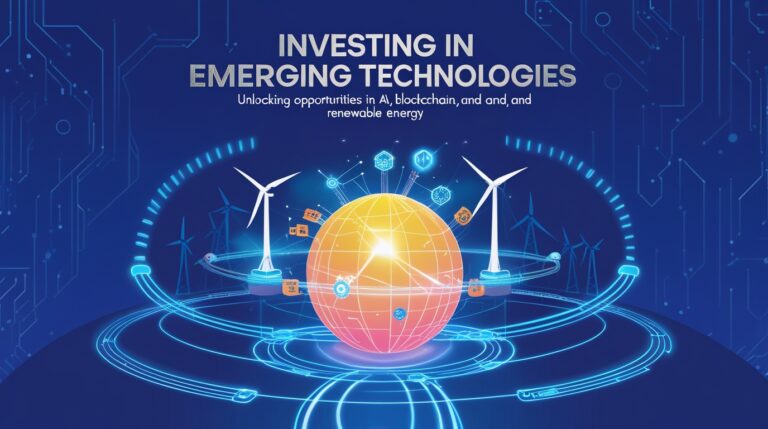
Precision agriculture, often referred to as “smart farming,” is revolutionizing the agricultural industry. By leveraging advanced technologies like GPS, IoT sensors, drones, and artificial intelligence (AI), precision agriculture enables farmers to optimize resources, improve crop yields, and minimize environmental impacts. This modern approach to farming is not just a trend but a necessity for meeting the demands of a growing global population in the face of climate change and limited arable land.
What Is Precision Agriculture?
Precision agriculture involves the application of technology to monitor and manage field variability in crops, soil, and environmental conditions. This practice helps farmers make data-driven decisions that enhance productivity while reducing waste.
Key Technologies in Precision Agriculture

- GPS and Mapping Systems
GPS-guided tractors ensure precise planting, fertilizing, and harvesting.
Mapping systems provide detailed data on soil quality, moisture levels, and crop health.
- IoT Sensors
Soil sensors measure moisture, temperature, and nutrient levels in real-time.
Environmental sensors monitor weather conditions, enabling accurate predictions and timely interventions.
- Drones and Remote Sensing
Drones equipped with multispectral cameras capture aerial images of fields, identifying issues like pest infestations or nutrient deficiencies.
Remote sensing technology offers large-scale monitoring and analysis of crop health.
- AI and Machine Learning
AI algorithms analyze data to identify patterns and recommend optimal farming practices.
Predictive models help farmers anticipate yields, pests, and disease outbreaks.
Benefits of Precision Agriculture

- Enhanced Productivity
Precise application of water, fertilizers, and pesticides ensures crops receive exactly what they need, boosting yields.
- Resource Efficiency
Reduced use of inputs like water and chemicals lowers costs and conserves resources.
Energy-efficient machinery and processes further cut down on farming expenses.
- Environmental Conservation
Minimizing chemical runoff helps protect surrounding ecosystems and water bodies.
Practices like variable rate technology (VRT) reduce soil degradation.
- Improved Decision-Making
Real-time data enables farmers to address issues proactively, reducing risks and maximizing returns.
Challenges of Precision Agriculture
Despite its numerous advantages, precision agriculture faces several challenges:
High Initial Costs: Advanced equipment and software can be expensive.
Technology Access and Knowledge: Smaller farms may lack access to these technologies or the expertise to use them effectively.
Data Privacy Concerns: Farmers need assurance that their data will remain secure and not be misused.
Future Prospects
The future of precision agriculture looks promising, with innovations like autonomous machinery, blockchain for supply chain transparency, and advanced AI applications on the horizon. Governments and private sectors must collaborate to make these technologies accessible to all farmers, ensuring sustainable food production for generations to come.






